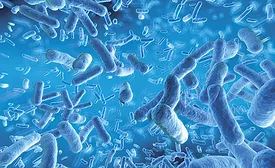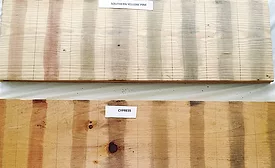Paint & Coatings Industry Top Stories
Spherical Precipitated Silica
Next-Generation Particle Morphology for Performance in Coatings
Read More
What Does Supply Chain Best Practice Mean to Major Chemical Companies?
National Chemical Emergency Centre Private Sector Roundtable
Read More
Chemical Assessment in Canada
Phase 3 of the Chemicals Management Plan (CMP-3), which has just begun, will assess 1,500 substances over the next five years, 30 percent of which are used in the paint and coatings industry.
Read More
Modification of Acrylic Emulsion Polymers with Vinyl Neo-Esters
Enhancing Performance and Providing a Route to Cost-Efficient Alternatives
November 1, 2016
Keep the info flowing with our eNewsletters!
Get the latest industry updates tailored your way.
JOIN TODAY!Copyright ©2025. All Rights Reserved BNP Media.
Design, CMS, Hosting & Web Development :: ePublishing










